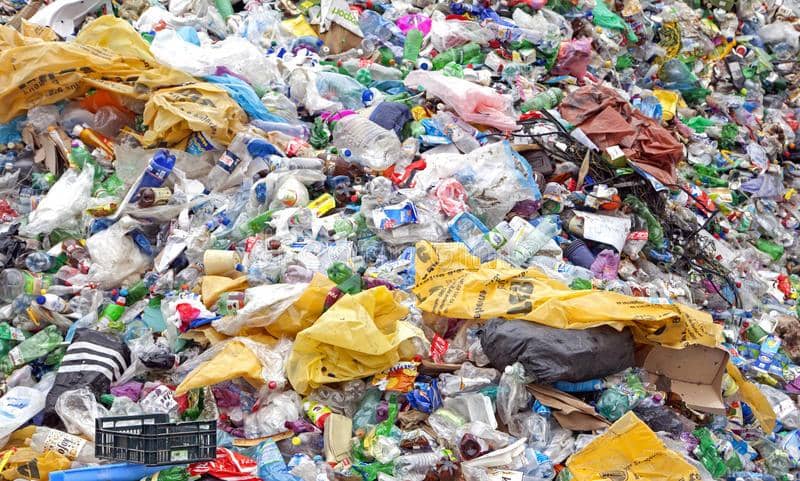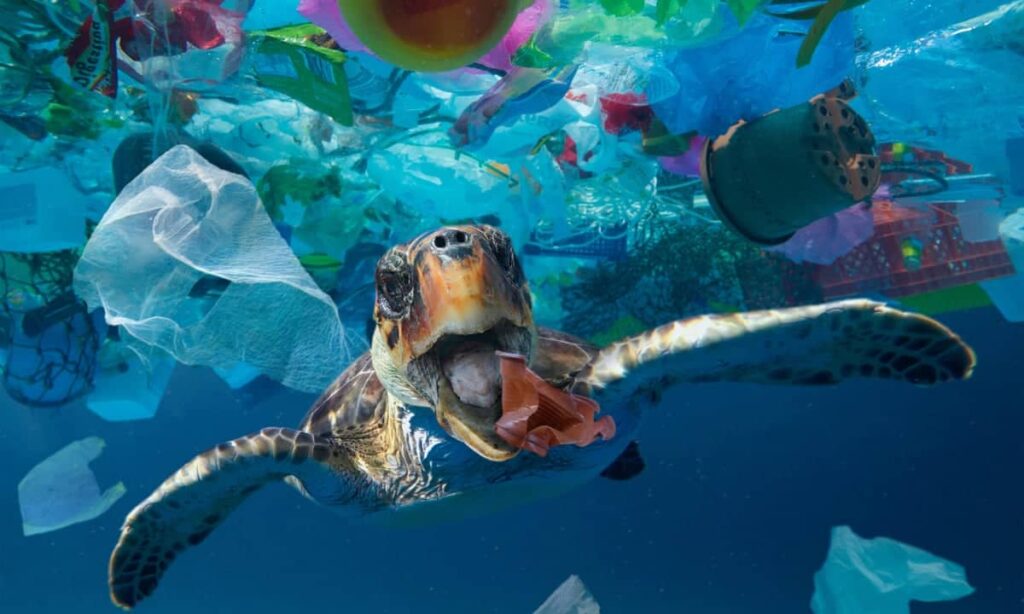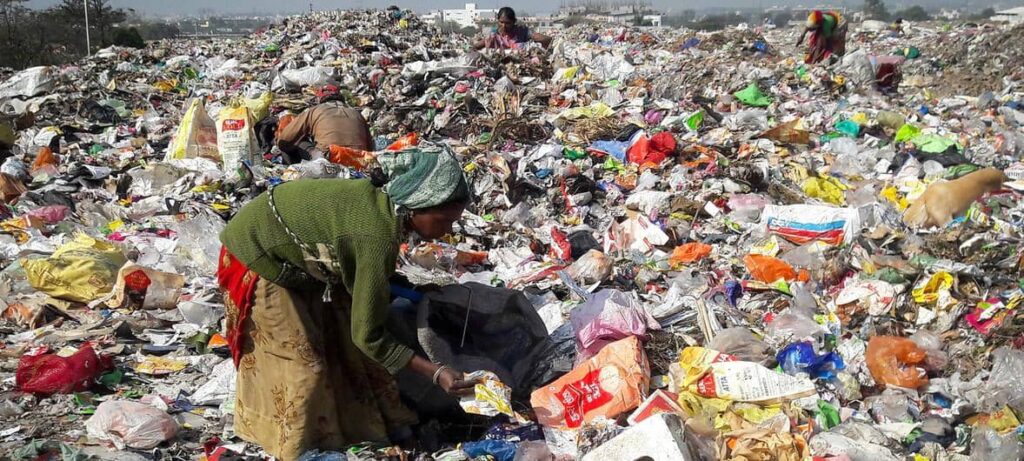If you belong to a typical Indian family, you probably have a big plastic bag full of neatly folded smaller plastic bags inside, tucked in some shelf of your house. Every time you go to work, you get a small box of pickles packed in numerous layers of plastic bags to avoid spillage. Without realizing it, you use so much plastic only once, only to discard it in the bin and get along with your day. Do you think about what happens to these kinds of plastic products and the harm they cause to the environment? The present would be a good time to start giving it a thought. It is worse than what you probably imagine.
An estimation by the Central Pollution Control Board states that the country generates around 25,940 tonnes of plastic waste per day and approximately 9.64 million tonnes of plastic waste annually. Of this, only 60 per cent is collected and recycled, the rest is uncollected and litters the environment.

In light of this, the Government of India has banned the manufacture, sale and use of plastic items meant for single-use such as cups, plates, trays, straws, trays, and polystyrene from July 1, 2022.
The Plastic Waste Management Amendment Rules notified by the Centre on August 12 recognize the ill effects of the use of plastics and aim to reduce their consumption by banning plastic items that are meant for one-time use only. These issues involve their low utility, non-biodegradability, adverse impacts on both aquatic and terrestrial ecosystems, littering, and unintentional consumption by stray animals such as dogs and cows.
The notice includes a list of items that fall under the category of single-use plastics, such as the sticks of earbuds, polystyrene (thermocol) for decoration, plastic flags, candy sticks, plastic sticks for balloons, cutlery such as plates, forks, spoons and knives, wrapping or packing films around sweet boxes, PVC banners less than 100 microns, stirrers, and trays.
In order to reduce littering due to lightweight plastic carry bags, its thickness has been increased from 50 microns to 75 millimetres as of September 30, 2021, and from 120 microns as of December 31, 2022. The Ministry believes that if plastic bags are thicker, they are more durable, and hence will encourage people to reuse them for a longer period of time.
The phasing out of single-use plastics is proposed to be a three-stage plan. The first category to be phased out includes flags, candy and ice cream sticks, earbud sticks, balloon sticks and thermocol used for decorative purposes.
Cutlery goods such as plates, glasses, spoons, forks, knives, straws, and trays, as well as packaging plastic film used for boxes of sweets, invitation cards, packets of cigarettes, stirrers, and plastic banners smaller than 100 microns in thickness, are scheduled to be banned beginning July 1, 2022, which will form the second category.
The third and final category of prohibition is for non-woven bags below 240 microns in thickness, proposed to begin from September 30, 2022.

States and Union Territories have been asked to assign a special task force for the elimination of single-use plastics and waste management. Concerned ministries and departments have also been asked to formulate a comprehensive plan for the elimination of single-use plastics and their effective waste management under the Plastic Waste Management Rules, 2016. The government has also been taking measures to spread awareness about the ill effects of such plastics, and a two-month-long Awareness Campaign of Single-Use Plastic 2021 has been organized.
As good and promising as this ban sounds, it comes with its own bunch of challenges.
According to Bharati Chaturvedi, founder and director of Delhi based waste management NGO Chintan, 41 per cent of roadside rag pickers’ incomes come from picking plastic waste. Any reduction in plastic waste would translate to a reduction in the incomes of these rag pickers. In order to make this ban a successfully implemented one, the participation of rag pickers is vital.

Also, states that depend heavily on the tobacco industry for their incomes will face a setback as cigarette boxes are primarily made of plastic. States that receive a large tourist footfall will have to ramp up their fight against single-use plastics, as they will have a comparatively larger amount to deal with.
A sustainable, more eco-friendly alternative to thin, easy to carry plastic bags has not been found yet. Even cloth bags are unable to deal with issues such as spillage and staining. Any alternative will first have to be researched upon, then produced using economies of scale to match the consumption of these single-use plastic items, and only then will the phasing out of the existing single-use plastic items will be possible.
The ban plan is on the correct road map, it just needs to overcome a few hurdles on the way before it can be successfully implemented.
Written by- Snehi Shah
Edited by- Isha Mehrotra
